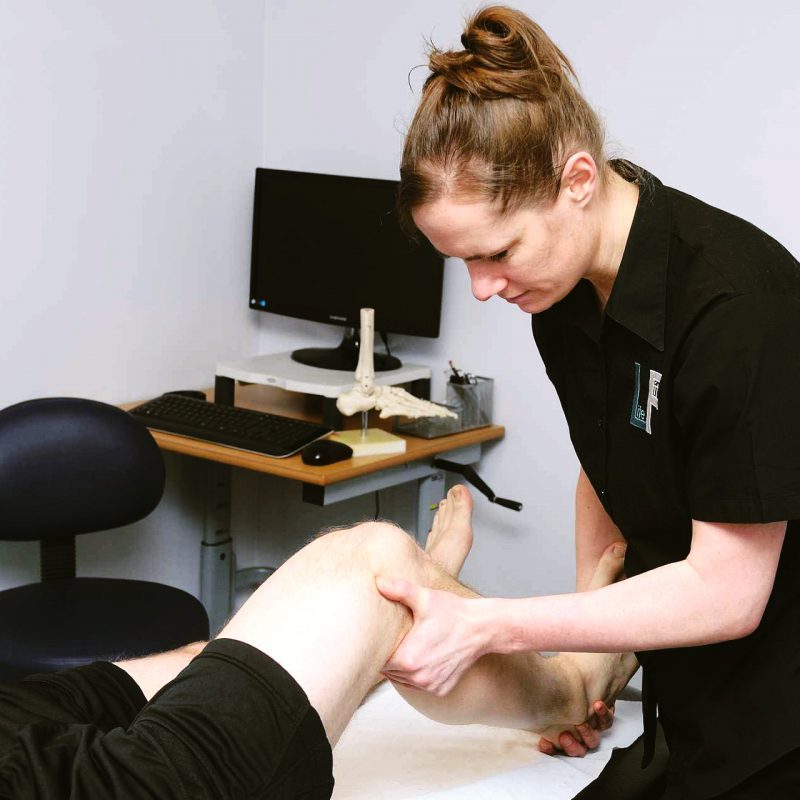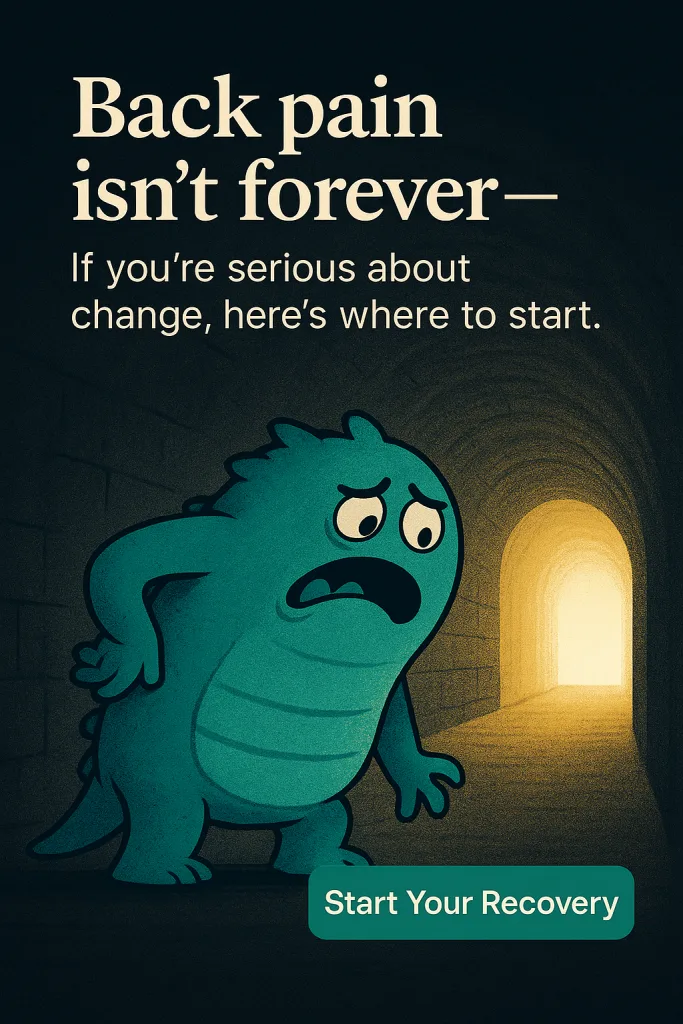By Carolyn Kent, Specialist Lower Limb Physiotherapist.
‘The knee is a very honest joint’ was something that was quoted to me during my training and as so often is the case with these things, it was something that has stuck with me and helped me reason through some of my more complicated knee patients.
What does this mean? Well, the story of what has happened to your knee is perhaps the most important thing for any clinician as this can often direct the clinician to the source of your knee pain. For example, a knee that suffers a twisting injury, swells quickly and you hear a pop could be a potential ligament rupture. A knee that is locking or giving way underneath you could also be a sign of a ligament rupture or if locking perhaps a cartilage or knee cap issue. However, if your knee is giving way without a history of trauma it could be that it is not strong enough to handle the task you are asking it to perform or even more simply it’s giving way because it is sore.
Other useful information can include telling them how your knee feels in the morning. Stiffness on waking is a common sign of established swelling. Have a think about the main tasks which aggravate the knee (common examples are going up and down stairs, sitting for long periods or kneeling). Stairs load the front of the knee by 3-4x which can explain why stairs can be an issue for many patients. Sitting can be a sign of a patella-femoral issue and pain with kneeling could indicate the fat pad at the front of the knee, one of the tendons or the patella.
Your physiotherapist will also ask what makes the pain better and you may be able to provide some clues, for example if ice has been helping and the knee is hot this is a sign of swelling. If stopping the activity immediately eases your pain it is unlikely you have an issue related to swelling.
Clicks, cracks and grinding
As mentioned earlier sometimes sounds coming from the knee are indicative of ligament tears. However, clicks and cracks coming from the knee are often harmless. I will often ask patients whether the clicks or cracks were associated with pain and/or swelling. If they were not I reassure them that no research to date has shown these clicks and pops to be associated with any type of knee pathology or damage. In fact, often these sounds are the collapsing of gas bubbles within the lubricating fluid of the knee and any grinding is fluid flowing through the back of the knee cap. Knees which do not have a lot of fluid, for example knees with arthritis, are less likely to produce these sounds.
 X-Rays
X-Rays
Often patients will come to me saying that they have been to their GP because of their knee pain and they have had an X-ray which has shown wear and tear. Patients are often concerned about the diagnosis of wear and tear as it sounds as if there is something wrong with the knee. I often explain wear and tear to patients as completely normal aging changes within the knee. I compare this to getting wrinkles or grey hair as you age. If I see ageing knee changes in someone who is in their 40s this is completely normal, as are some grey hairs and wrinkles, or at least so my friends have told me.
I hope this blog has helped explain some of the common worries patients will come to see physiotherapists about and also what information will be useful to your physiotherapist. My next blog shall be on treatment of knee injuries and incorporate some strength and conditioning advice. Remember, if you can tell your physiotherapist the story of the knee they should be able to confirm their diagnosis with an exam and help you get started on your road to recovery.












